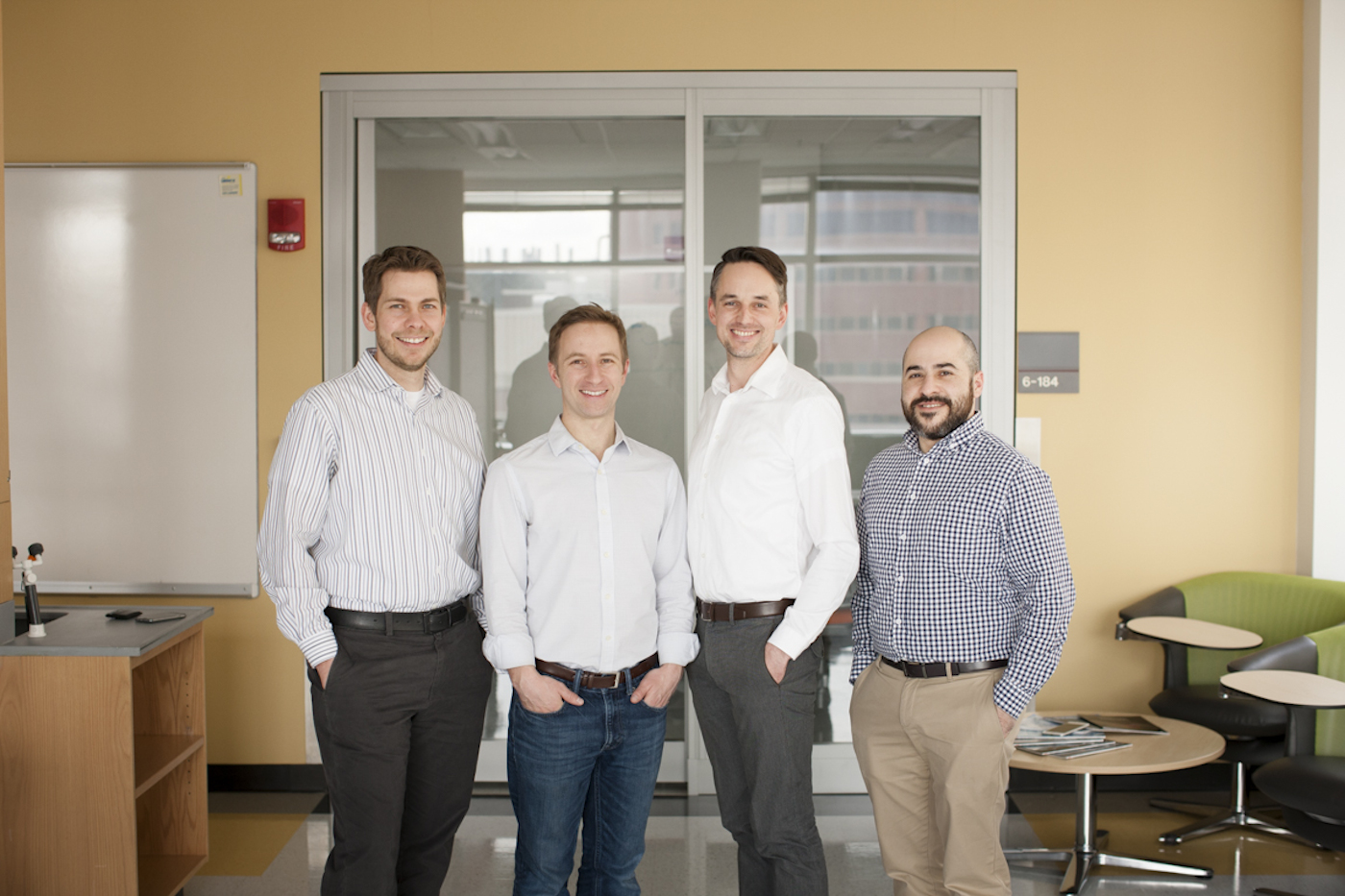
Sandwiched between floors, wet labs and offices, there’s a curious new space in the University of Minnesota’s Molecular and Cellular Biology (MCB) building. With a floor plan that simultaneously suggests both startup and science lab, this new laboratory unites researchers from the College of Biological Sciences (CBS) and the College of Science and Engineering (CSE) who are working at emerging frontiers in computational biology.
“There is no doubt that the future of biology is tightly coupled to our abilities to generate, analyze, and interpret vast amounts of data of various kinds," says Valery Forbes, dean of CBS. "These are key elements involved in developing a more predictive biology — a biology that is able to deliver effective solutions for improving human health, protecting the environment, and producing sustainable energy. Creating this space, with its emphasis on interdisciplinary collaboration, physical integration of wet lab and computational functions, and flexibility, is incredibly exciting and very in tune with my vision for CBS."
Like most bio labs, looming racks subdivide the area into compact rows—but these freshly minted shelves remain free of reagents and pipette tips, centrifuges and hot plates. Instead, ergonomic office chairs and monitors populate refurbished benches. Funky lounge furniture and white boards on wheels occupy another sector of the room. There’s even a Skype station tucked into a nook that used to house refrigerators full of tissue samples and petri dishes.
Researchers Chad Myers, Dan Knights, Frank Albert and Ran Blekhman share this unique new space for computational biology, along with use of adjoining wet lab benches. There is also flex seating so collaborators and visitors can benefit from their in-house expertise in computational biology.
All four labs are studying complex biological systems using genomic data and other high-dimensional high-throughput assays. This means that students in one lab have often solved the same problem on which students in another lab are working, and they can progress more quickly by sharing knowledge. “All of our computational biology labs are interdisciplinary, in the sense that we run wet and dry experiments, but some lab members spend more than half of their time developing algorithms and analyzing big data,” says Knights, a member of the Biotechnology Institute (BTI) with dual appointments in CBS and CSE. “This means that we can better use the university's resources by sharing much of our wet lab space and instruments.”
About a year ago, Knights was one of several principal investigators to champion the idea of creating a computational lab in the middle of a wet lab environment. From there, Tom Hays and Mos Kaveh, associate deans for research in CBS and CSE, respectively, began a process that culminated in the creation of this collaborative space.
“This is a great start and an important change in thinking about how we use space,” says Tom Hays, CBS’ associate dean for research. “It extends the concept of cluster hiring faculty at the intersection of disciplines into engaging our existing faculty in the biosciences with those in the natural physical sciences and engineering.”
“I think our new lab space shows that the University has a good vision for the future,” says Knights. “To really make headway in a lot of areas in biology, you need big interdisciplinary teams,” says Knights. “You need experts in biology, you need expert clinicians, and you also need computational experts.” – Colleen Smith
"Creating this space, with its emphasis on interdisciplinary collaboration, physical integration of wet lab and computational functions, and flexibility, is incredibly exciting and very in tune with my vision for CBS." – Valery Forbes